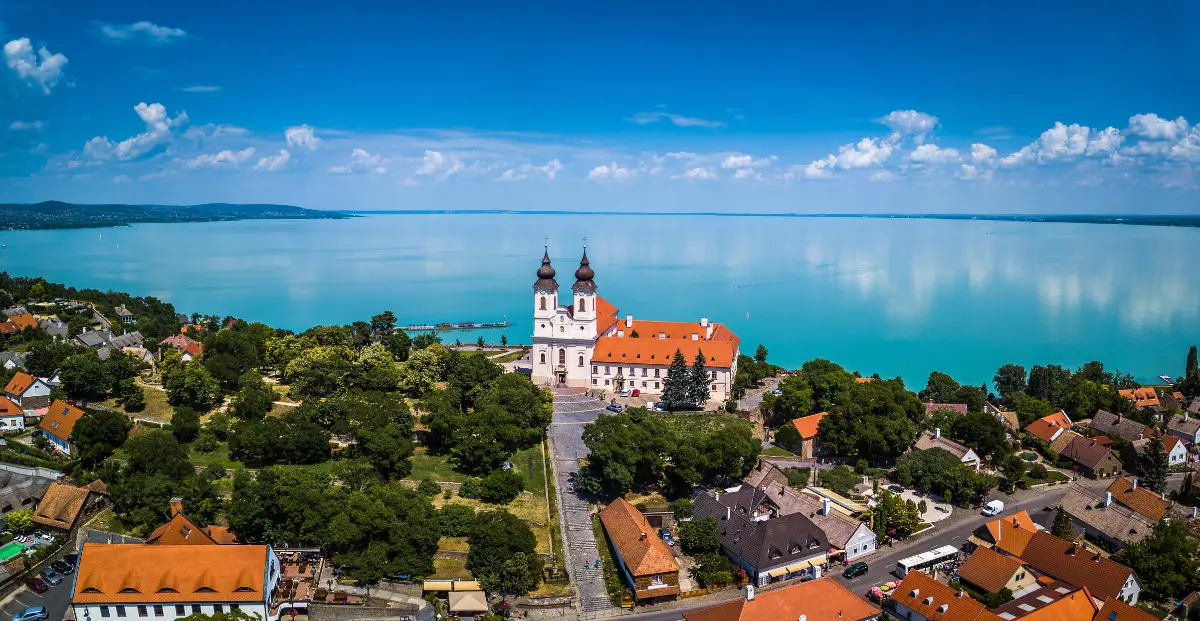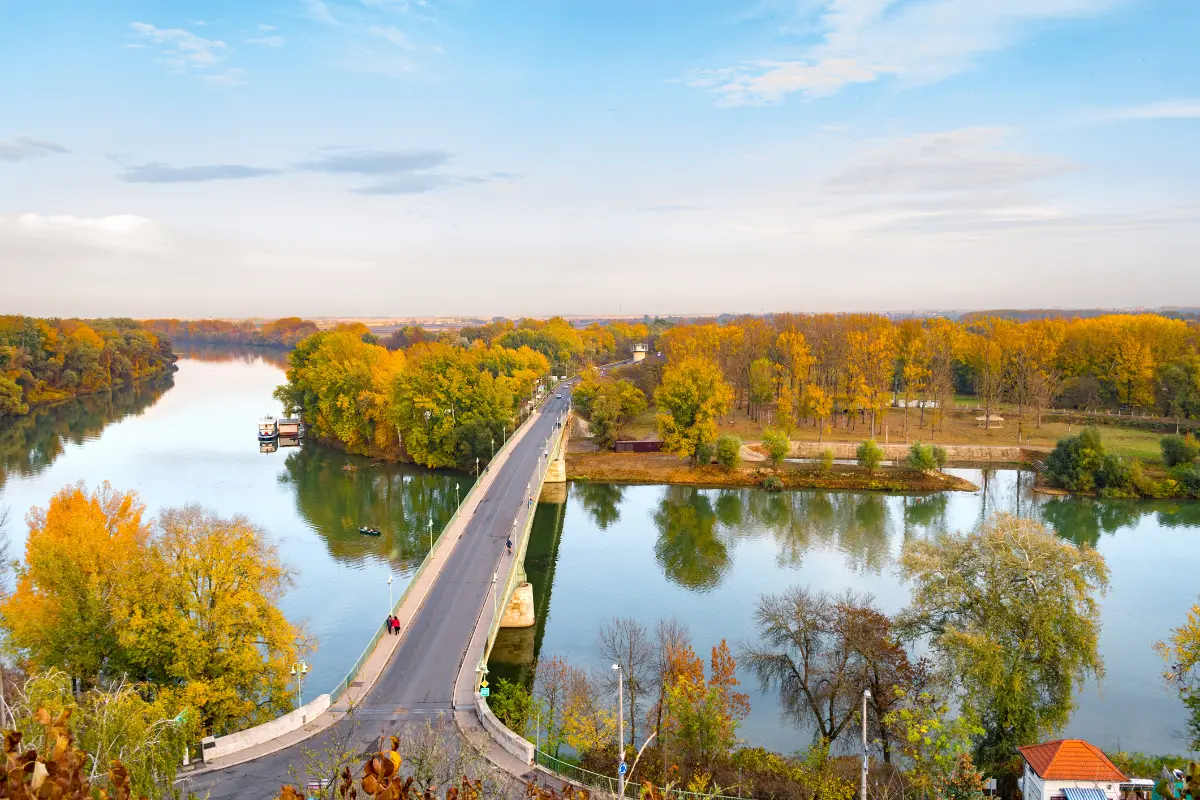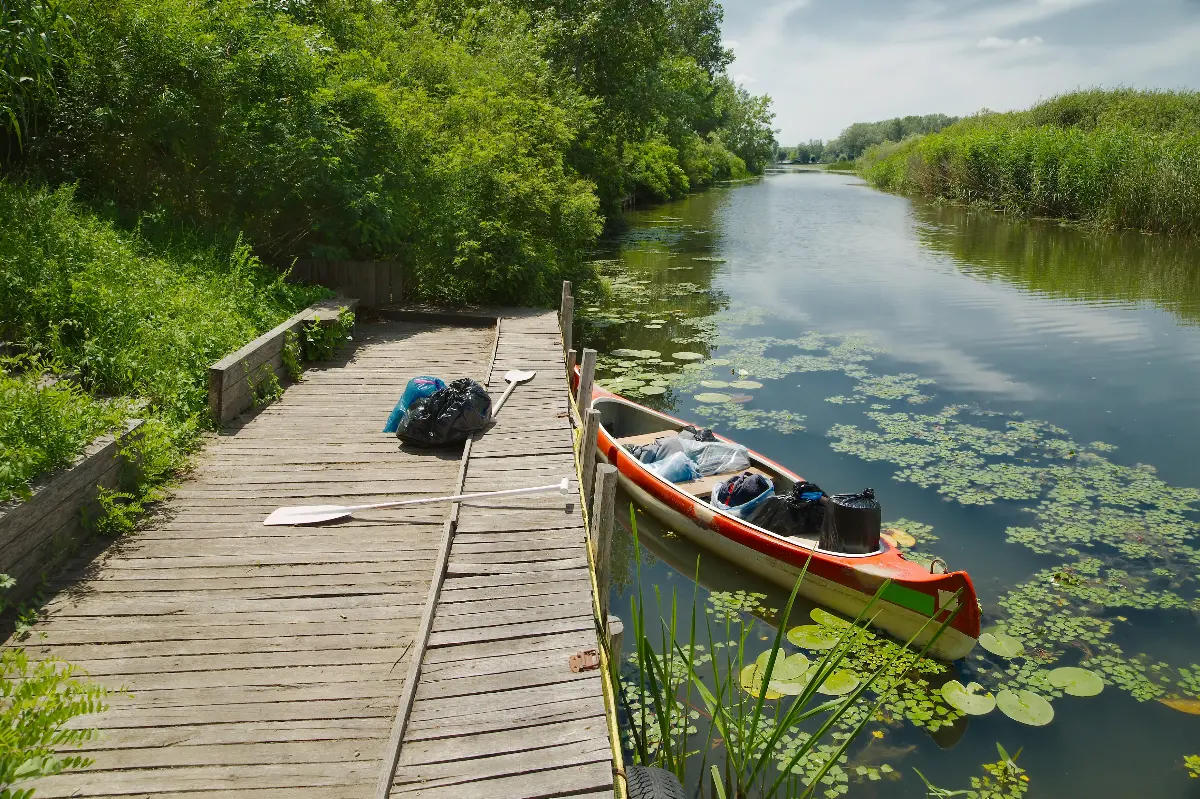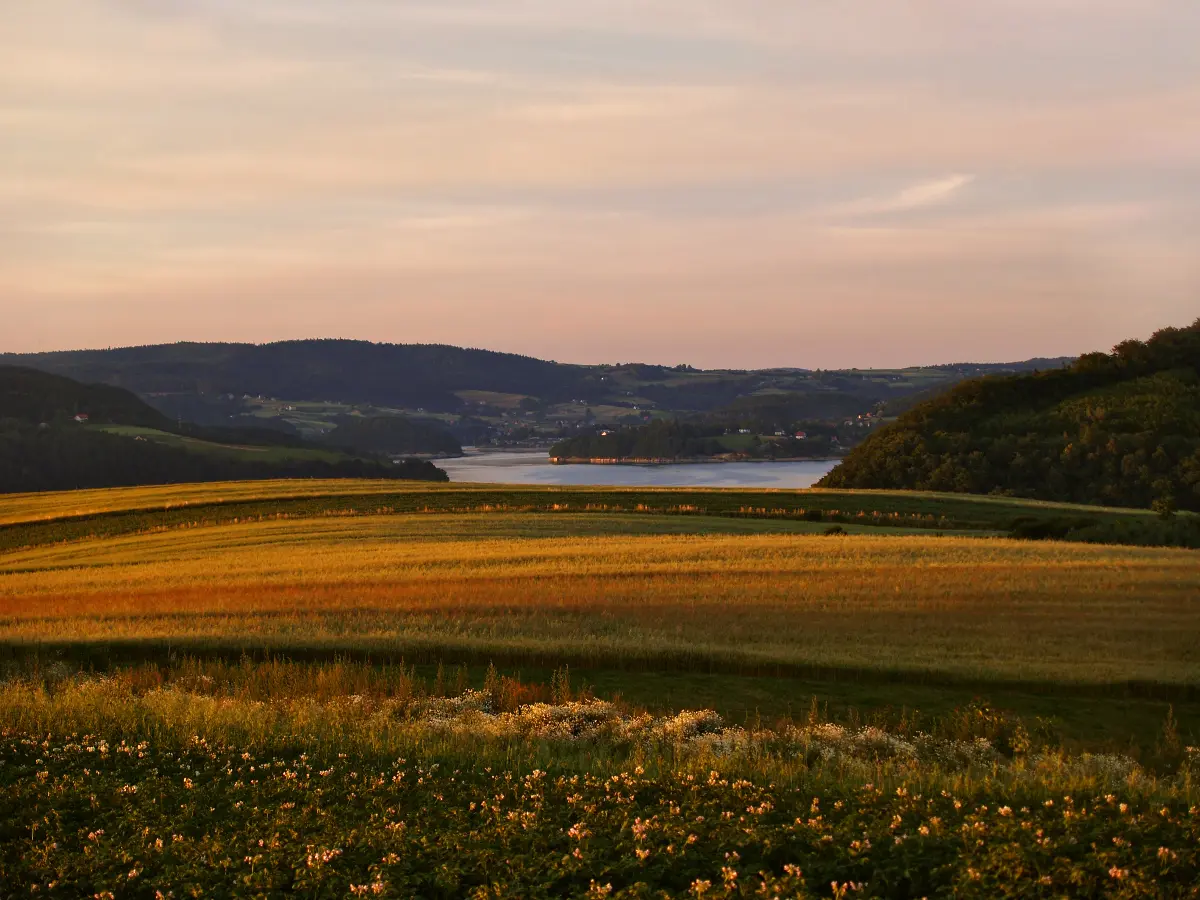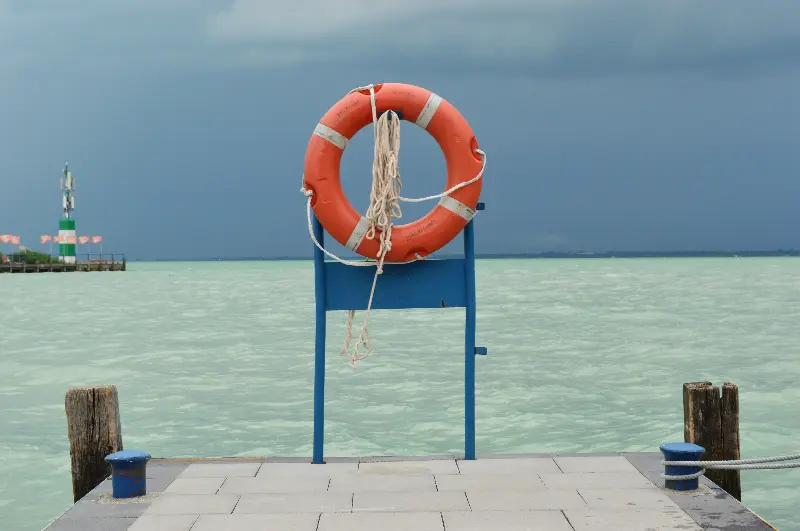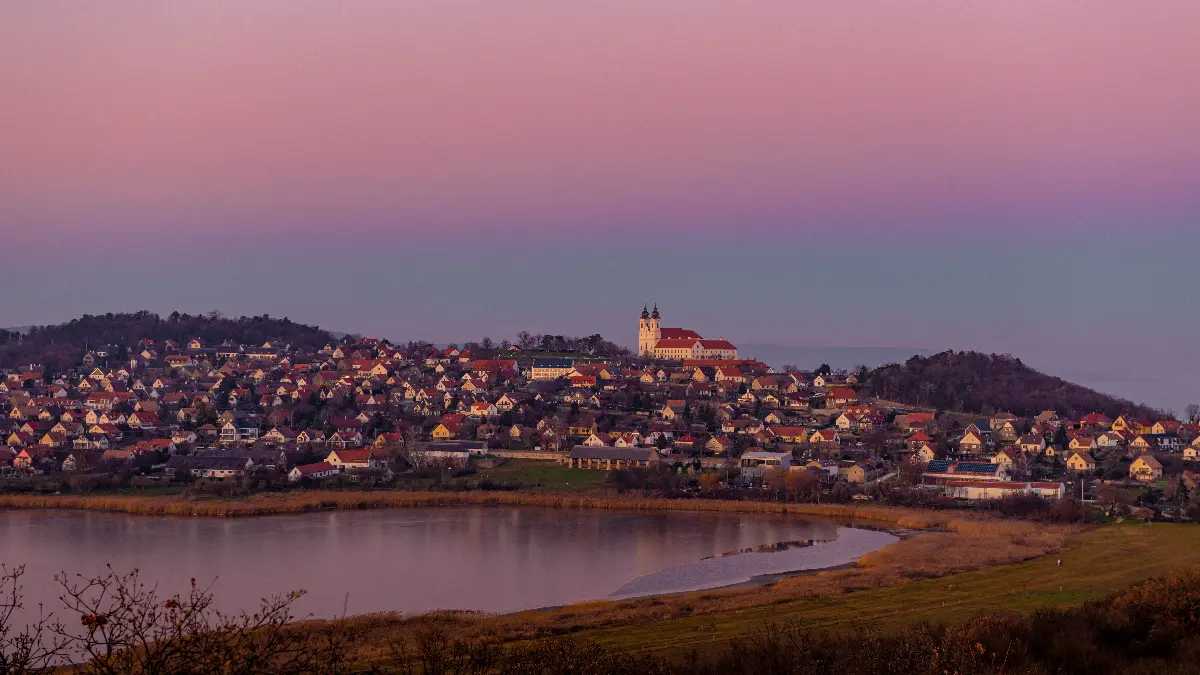
Helyszín címkék:
Green roads in Hungary – The future and opportunities of eco- and active tourism
Hype&Hyper
A key feature of ecotourism is that the revenue it generates contributes to the protection of natural resources and strengthens the economies of local communities. Ecotourism therefore has economic, environmental and social benefits.
“Tourism has changed in recent decades,” says Máriusz Révész, State Secretary for Active Hungary, pointing out that people are taking shorter and more intensive holidays, and two-week long holidays seem to be disappearing. “Nowadays we prefer multiple, short, three-day intensive holidays. Long weekends have also become much more experience and adventure-oriented. It is no coincidence that many hotels now have bicycles and electric bicycles for hire,” he says, pointing to the pioneering role of active tourism, which is often linked to eco-tourism in the natural environment. According to Máriusz Révész, all tourism service providers are working to offer their guests as many active challenges and recreational opportunities as possible. As a result, active tourism and sustainability considerations have started to play an increasingly important role in the planning of trips in Hungary in recent years. The timeliness is no coincidence: one of the drivers of the positive changes in travel patterns was the COVID-19 pandemic. During the epidemic, people favoured healthy forms of recreation, with a focus on nature walks and outdoor activities – and in our country, large numbers of people discovered the potential of active and ecotourism. Hungary’s forests are visited by 40-50 million people a year, which shows the growing demand for ecotourism. The need is there, and action is imminent: among government measures, investment in forest tourism development plays an important role, which can lead to sustainable tourism-based economic growth in the long term, stimulating investment. In fact, Hungary’s natural resources offer excellent opportunities for ecotourism. 21% of the country is part of the Natura 2000 network, and there are 29 so-called “Ramsar” wetlands and 10 national parks with unique natural values. Interestingly, the Hungarian Ramsar sites include almost all typical wetland types of the Carpathian Basin: lakes, marshes, salt ponds, bogs, backwaters, river sections, wet meadows, as well as man-made fish ponds and reservoirs. Each of our ten national parks has significant natural values, where you can relax actively in harmony with nature and get away from the noise of everyday life. “Hungary is the home of peaceful, active tourism for families”, concludes Máriusz Révész. According to the Secretary of State, families can bike and hike in our moderately large central mountains, while our rivers are peaceful, so families can enjoy safe and relaxing water sports.
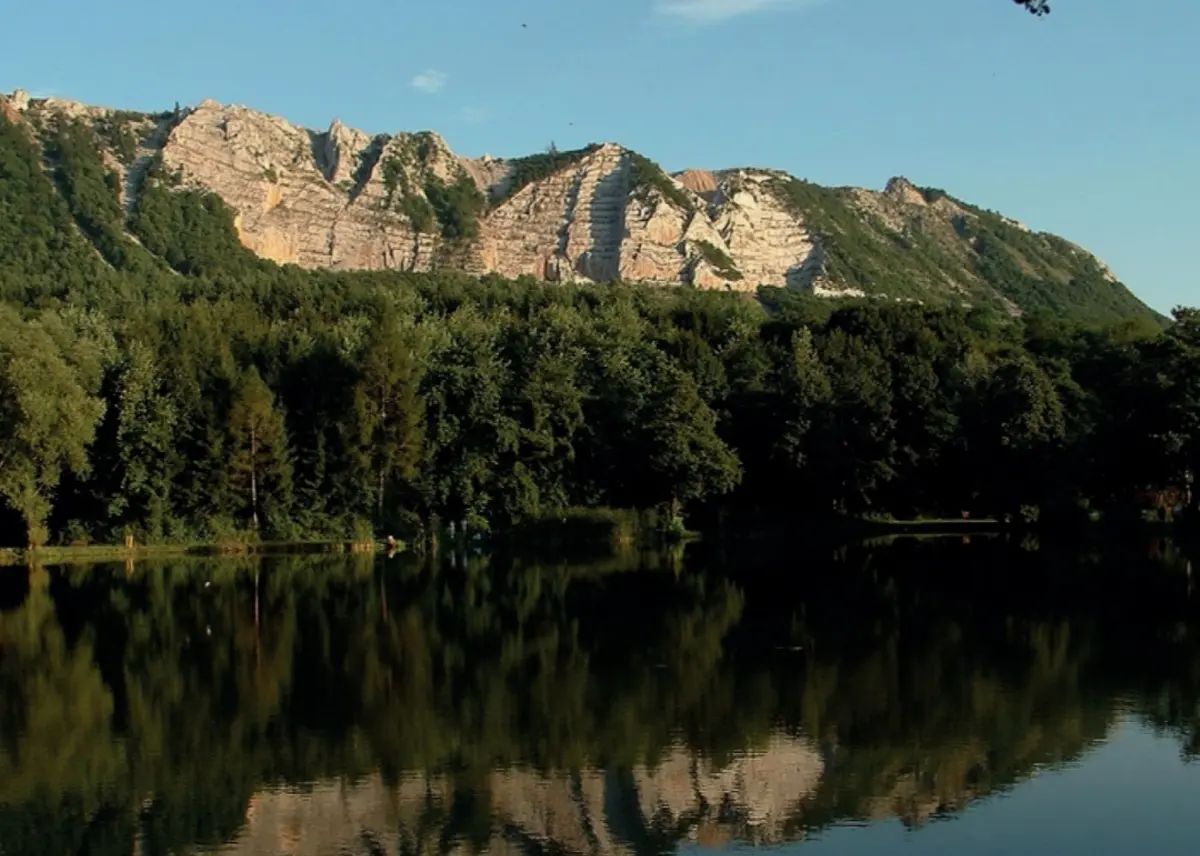
“With these opportunities, Hungary is targeting active tourists looking for less exciting adventures,” says Máriusz Révész, stressing that Hungary is also a peaceful water tourism paradise: “Túr, Tisza, Bodrog, Szigetköz – there are huge opportunities.” Although you can’t even climb 2500 m passes on a bike, you can do it in the Őrség, Zselic and Nógrád counties, with some serious altitude differences and beautiful landscapes, a different kind of challenge to the Alps. “Hungary cannot compete with the countries with steep cliffs and rugged mountains, but it can compete in other types of competition,” says the State Secretary.
Nature walks and nature trails
One and a half million steps can be taken in Hungary – and more! Both national parks and nature reserves offer a rich variety of hiking trails, including thematic and educational trails. These itineraries have been created with sustainable tourism in mind and offer visitors the opportunity to get to know the natural treasures and local wildlife.
10 trails in our country that are well worth a visit
Tapolca Spring Nature Trail, Pápa-Tapolcafő
Nádirigó Nature Trail, Tiszakécske
Vízfő Nature Trail, Orfű
Tőzike Nature Trail, Csáfordjánosfa
Csodabogyó Nature Trail, Tenkes Hill
Úszóláp Nature Trail, Szigetszentmiklós
Szádvár Nature Trail, Szögliget
Borókás Árok Geological Nature Trail, Ipolytarnóc
Váci Ártéri Nature Trail, Vác
Vackor Forest Nature Trail, Hajdúhadház

Interestingly, Hungary is also a pioneer in the history of ecotourism: the national network of tourist routes has been operating with a unified signposting system since 1930. The best known is the blue-marked National Blue Trail (OKT), a hiking trail through Hungary’s northern landscapes. Its route runs from Írott-kő in the Kőszeg Mountains to Hollóháza in the Zemplén Hills, a distance of 1172 km. The unique feature of the national blue sign is that it is not only the first long-distance tourist route in Hungary, but also the first in Europe.
In addition to hiking, other forms of ecotourism are also becoming increasingly popular, such as cycling, horse riding and water tours. The sustainable tourism routes are ideal recreational opportunities for both hikers and cyclists alike. Especially since these routes not only pass through nature reserves, but also link to ecotourism facilities that offer the opportunity to relax in a natural environment – think of a quiet mountain guesthouse.
The development of ecotourism in Hungary is ongoing, but there are challenges: the green transition of the tourism sector is costly and in many cases sustainable developments are difficult to justify commercially in the short term. To this end, the government has given a new impetus to walking with the Active and Ecotourism Development Centre, so that everyone can find a form of exercise that is close to nature. In addition to this, there are ongoing tenders and grants in the sector. At the same time, the ecotourism market is growing. Young tourists are also a major contributor to positive change, as the demand for tourism is growing in parallel with the increase in ecological awareness in society.
So Hungary has huge potential in the field of ecotourism. The country’s rich natural assets, the developed network of hiking trails and the growing demand for sustainable tourism can all contribute to making our country a true ecotourism destination. But this requires a recognition of the importance of nature conservation and support for development in line with this.
The question is: is eco- and active tourism a fashion or a trend? Máriusz Révész will help you answer: “The past few years show that this is a trend that promises to last.” The State Secretary points out that people are increasingly looking for activity and adventure in their leisure time. “The whole tourism sector needs to be prepared for this, to serve these needs.”
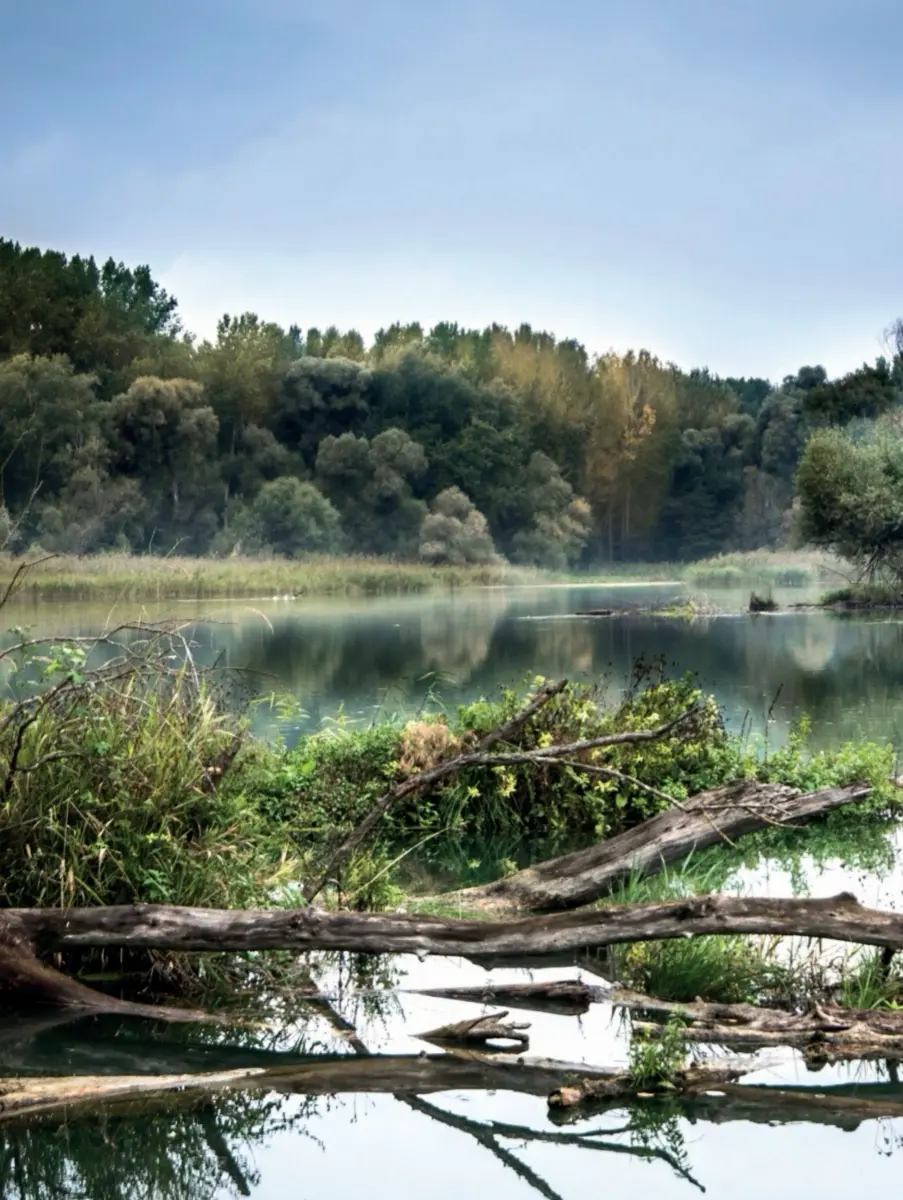
Unique, environmentally conscious and spectacular solution: MoosMoos green walls
With the rise of ecotourism, creative, sustainable solutions are increasingly valued and sought after by travellers. Fortunately, the range of ecologically conscious options available to accommodations and catering establishments is also expanding. One of the most innovative solutions for sustainable indoor decoration is MoosMoos' green moss or plant pictures or plant walls, which can not only be spectacular design elements, but can also actively contribute to creating a healthy indoor environment. Surfaces covered with natural moss create a special microclimate: they reduce noise, have an excellent air-purifying effect, regulate humidity – not to mention that they lend an incomparable sense of calm and a pleasant feeling to the space! MoosMoos' green installations act as a natural filter and, moreover, do not require irrigation or sunlight – thus providing an excellent environmentally conscious solution for accommodations and catering establishments.

An insight into our National Parks
Aggtelek National Park: The Aggtelek karst and Baradla cave attract visitors for their underground tours and special natural values.
Balaton Uplands National Park: The witness hills and Mediterranean vineyards of the Lake Balaton Highlands offer stunning panoramic views and a wealth of ecotourism activities.
Bükk National Park: Its hills and caves are a paradise for hikers, cavers and cyclists, with botanical and zoological treasures.
Danube-Drava National Park: The unspoilt wilderness of the Danube and Drava floodplains is ideal for water tours, birdwatching and cycling.
Danube-Ipoly National Park: The mountains of Pilis and Börzsöny attract hikers with hiking trails, lookouts and historical monuments.
Fertő-Hanság National Park: The wetlands of Lake Fertő are rich in birdlife and offer water hiking opportunities for nature lovers.
Hortobágy National Park: Hungary’s largest national park, famous for its wilderness, ancient shepherd culture and rich birdlife, is a World Heritage Site.
Kiskunság National Park: It is characterised by salt lakes, sand dunes and floodplain forests, with special birdlife and UNESCO Biosphere Reserve status.
Körös-Maros National Park: Its rocky heaths and floodplain forests are famous for their crane migration and rich birdlife, easily accessible by bike or on foot.
Őrség National Park: The hilly landscapes, steeped in centuries-old village traditions, are ideal for hiking and cycling, famous for its mushrooms and medicinal herbs.

